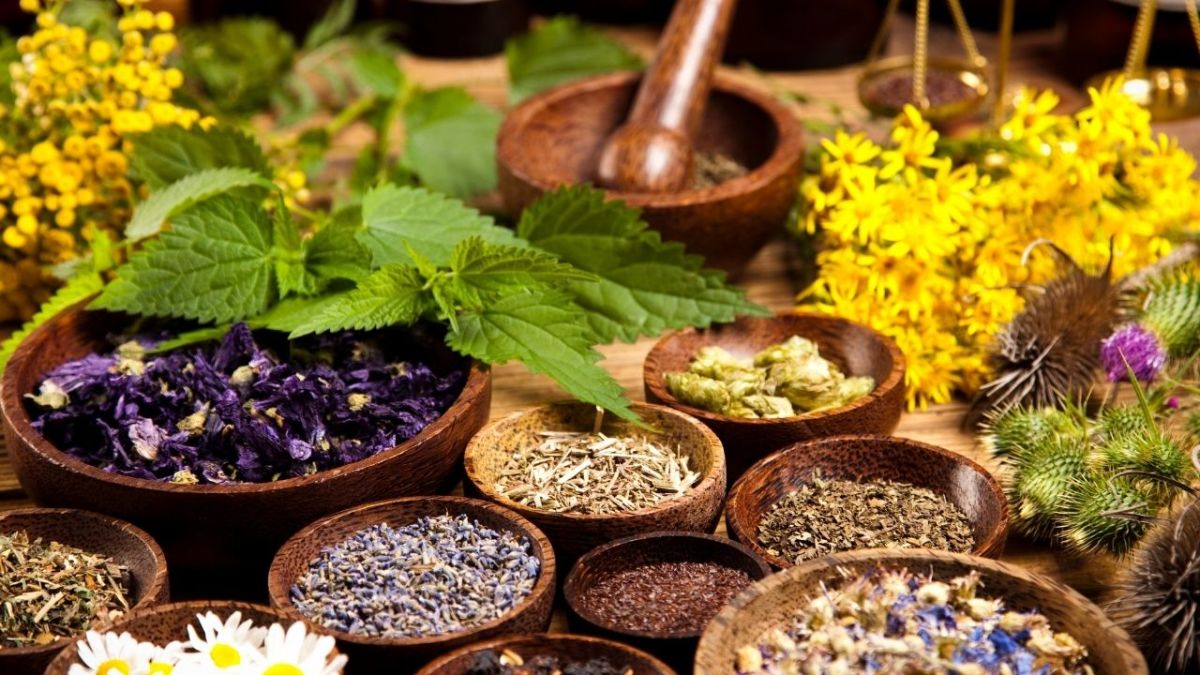
With these effective medicinal herbs, you plant your own home pharmacy
👉 The key facts from this guide
- Discover over 30 easy-to-care-for medicinal herbs that you can plant yourself.
- Replace expensive medications with natural remedies from your garden.
- Strengthen your immune system and combat skin problems, pain, fever and more.
- Improve your dental care and alleviate coughs, colds and hoarseness with herbs.
- Calm your nerves and support your digestion with medicinal plants.
- Save money and protect the environment by avoiding chemical medications.
Doctors often prescribe expensive chemical-based medications.
As if that weren’t bad enough, many of them also have questionable side effects.
The good news is that nature offers you a free solution for many illnesses.
All you need is a bit of space in your garden or yard, a willingness to try, and a few plant seeds.
In return, you’ll have a home pharmacy that saves you money and spares you from many trips to the doctor.
In the following text, I’ll introduce you to over 30 low-maintenance medicinal herbs that you can easily grow in your backyard.
Additionally, you’ll learn what they do, how to use them, and what to make from them.
A few years ago, I had a terrible flu
I felt so sick and weak that I could hardly get out of bed. The doctor prescribed me antibiotics, but they didn’t seem to work. My fever soared, and my throat felt like it was burning.
I went to the supermarket to buy cold medicine, but all of them contained ingredients that I couldn't pronounce or that looked like they might worsen my symptoms.
I remembered reading about how people in other countries used natural remedies to treat illnesses. Then, I decided to go home and research which herbs could help me feel better.
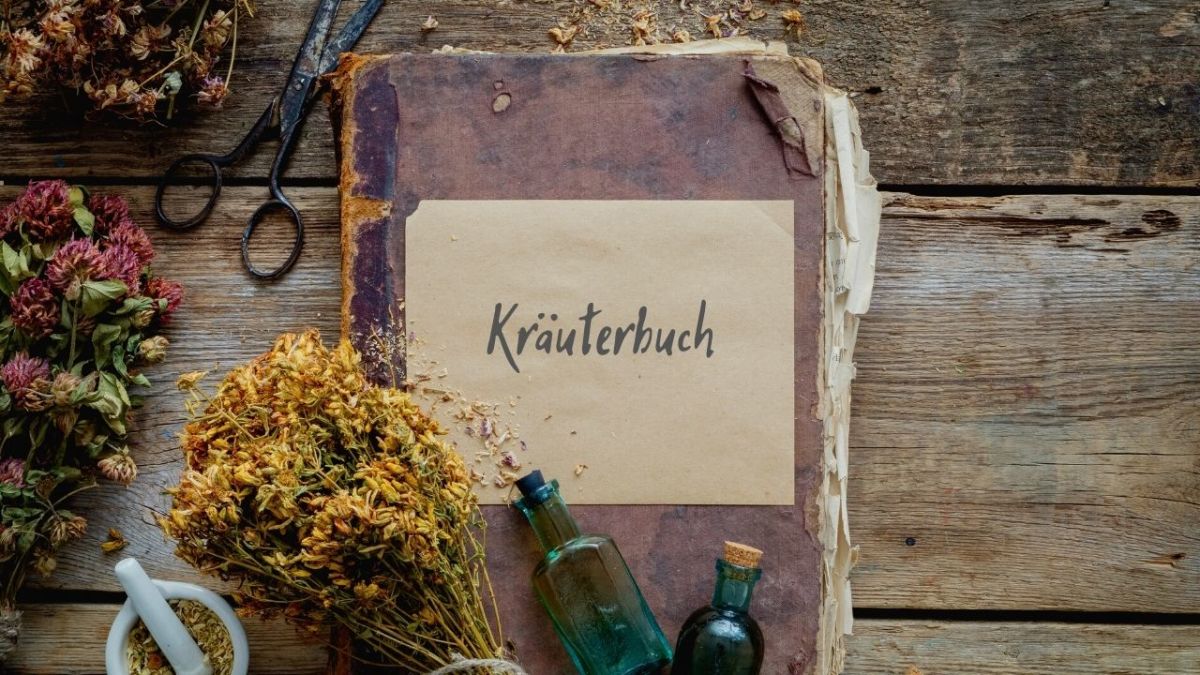
My grandmother still had books on her shelf and I browsed through them. I found many herbs that helped me with my flu (especially because of their high concentration of micronutrients).
And over time, I acquired even more herb knowledge, from which you can benefit today.
Skin and Hair
Although sun, wind, and rain are good for growth and plants, they still demand a lot from our bodies.
Direct sunlight, acid rain and whipping gusts of wind strain our skin and hair equally, drying them out or causing, in the worst case, eczema and burns.
Even extreme weather changes from cold to warm take their toll. In addition, diseases that manifest themselves on the skin and poor nutrition habits, which are reflected in acne and pale complexions.
To help your skin and hair and give them more health, you can plant marigolds, rosemary, nettles, and daisies.
All four plants are extremely undemanding, grow everywhere, and you don't need to do anything else besides harvesting and processing them, except occasionally watering them.
Nettles and rosemary have a soothing and calming effect on the scalp in case of itching and dandruff. Simply make a broth from nettle and rosemary and let it cool. Alternatively, real chamomile also works instead of rosemary.
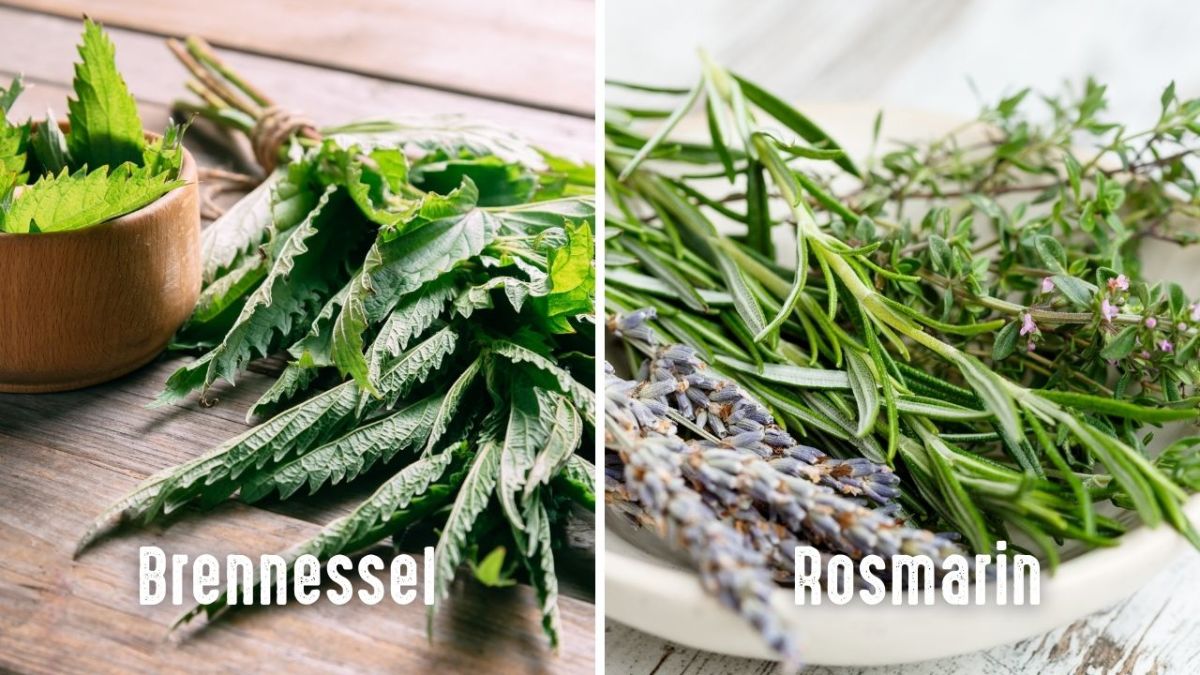
When you regularly rinse your hair with it, the symptoms on your scalp will subside and your hair will become more resistant and stronger. This tonic also mitigates hair loss and stimulates hair growth.
I received this tip years ago from an old Slavic woman, and have been using the properties of these plants for myself ever since.
You can prepare a tea with marigolds and daisies that will help you internally as well as externally to eliminate inflammation in the body.
Due to the silica, essential oils, and anti-inflammatory substances in both plants, you can effectively combat itching, eczema, and even psoriasis with it.
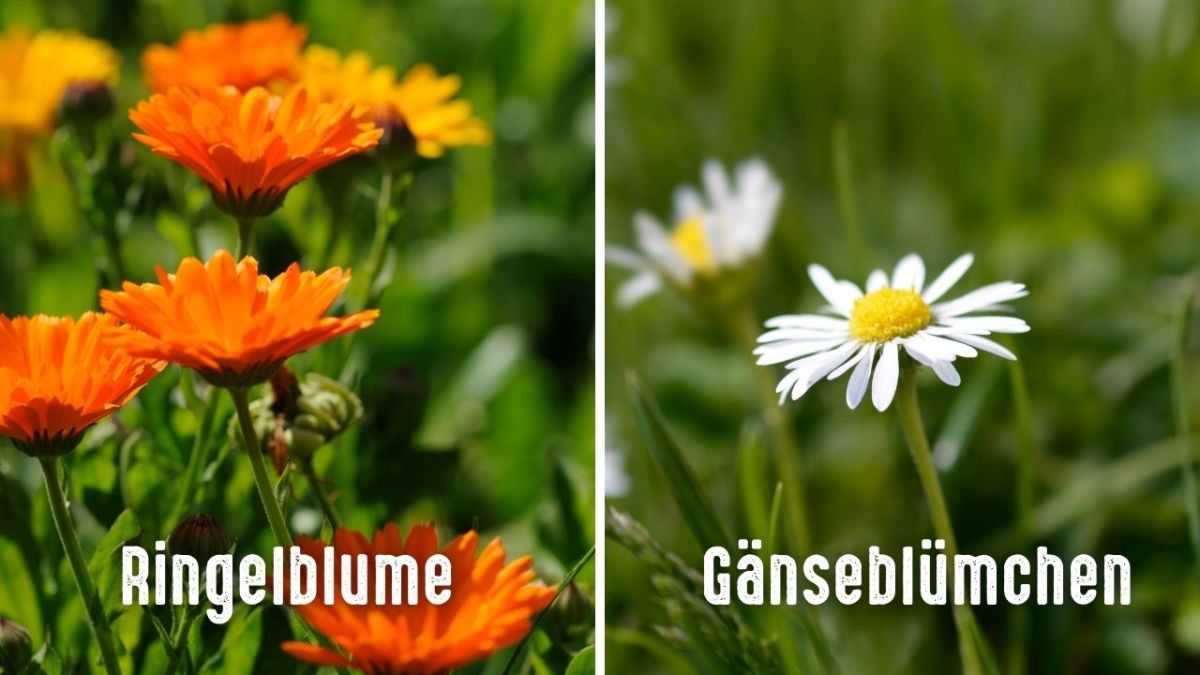
For a salve, you need a handful of flowers, beeswax, and olive oil. The amount depends on how much you want to produce. First, you make an oil extract from the oil and the flowers. To complete this, slowly heat the flowers in the oil and then let it cool.
When the oil is cold, strain it through a sieve into a bowl. Then melt the beeswax and add it to the oil extract while stirring. A teaspoon of lanolin makes the salve more supple.
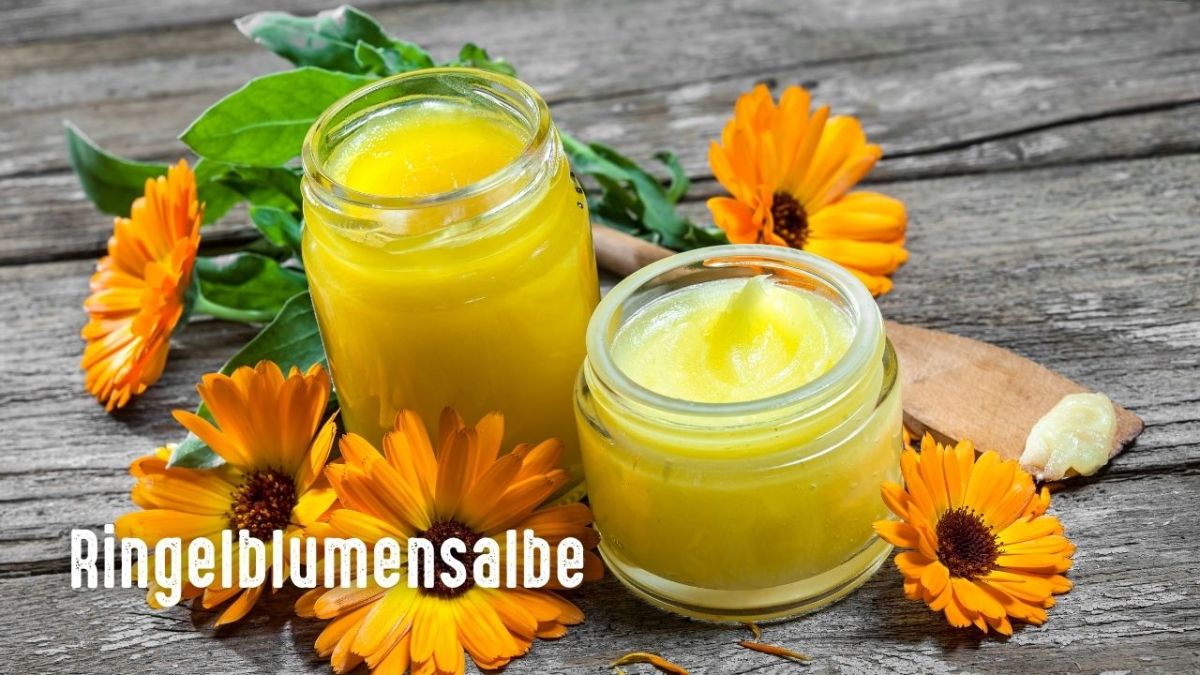
Once everything is well mixed, simply transfer your cream to a dark screw-top jar and let it solidify.
For one jar of salve, you will need a large handful of flowers, about 220 ml of olive oil, and about 5 grams of beeswax. If you want to make more, simply double the amount.
Pain and Fever Relief
If you don't have the opportunity to harvest rose hips or willow bark, try using the following plants. They thrive in small containers and are relatively low-maintenance.
Thyme, mint, and basil have been valued for their fever-reducing properties since ancient Babylonian times. Arnica, watercress, field bindweed, and lavender are also considered to be fever-reducing.
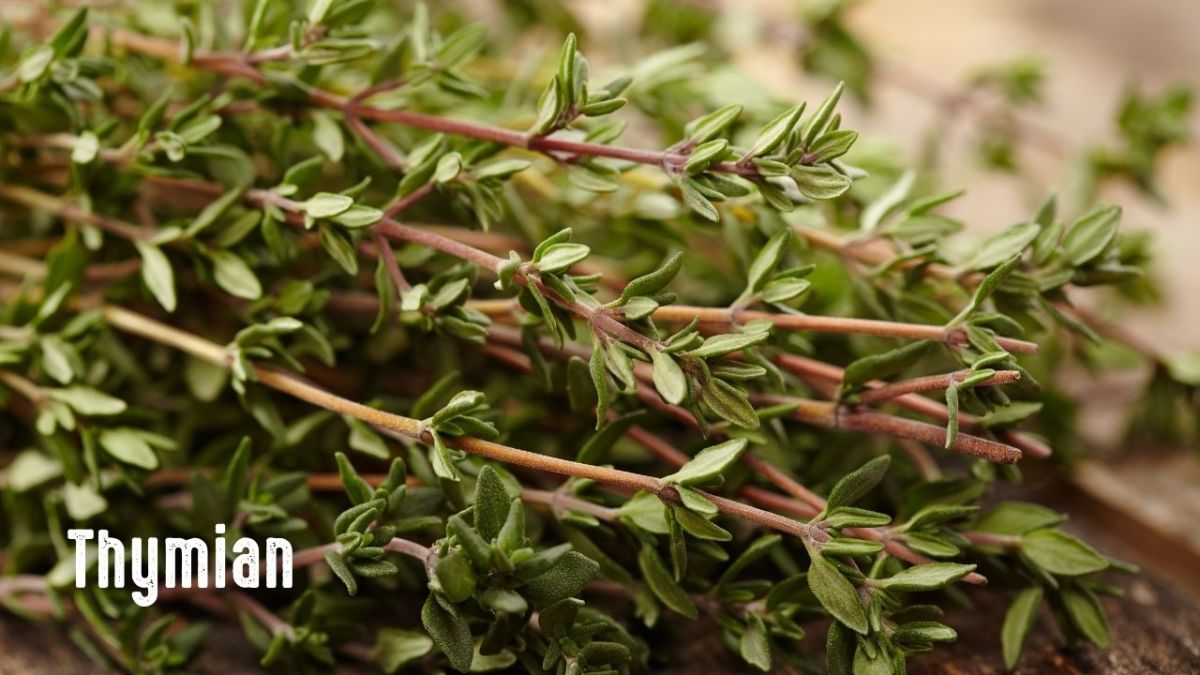
The essential oil thymol found in thyme can help with a variety of conditions. In ancient medicine, it was used to treat bronchitis, flu-like symptoms, colds with accompanying sinus infections and congestion.
It was also used to successfully treat pain, cramps, and fever. When applied externally, the essential oil in thyme relieves joint pain and rheumatic complaints.
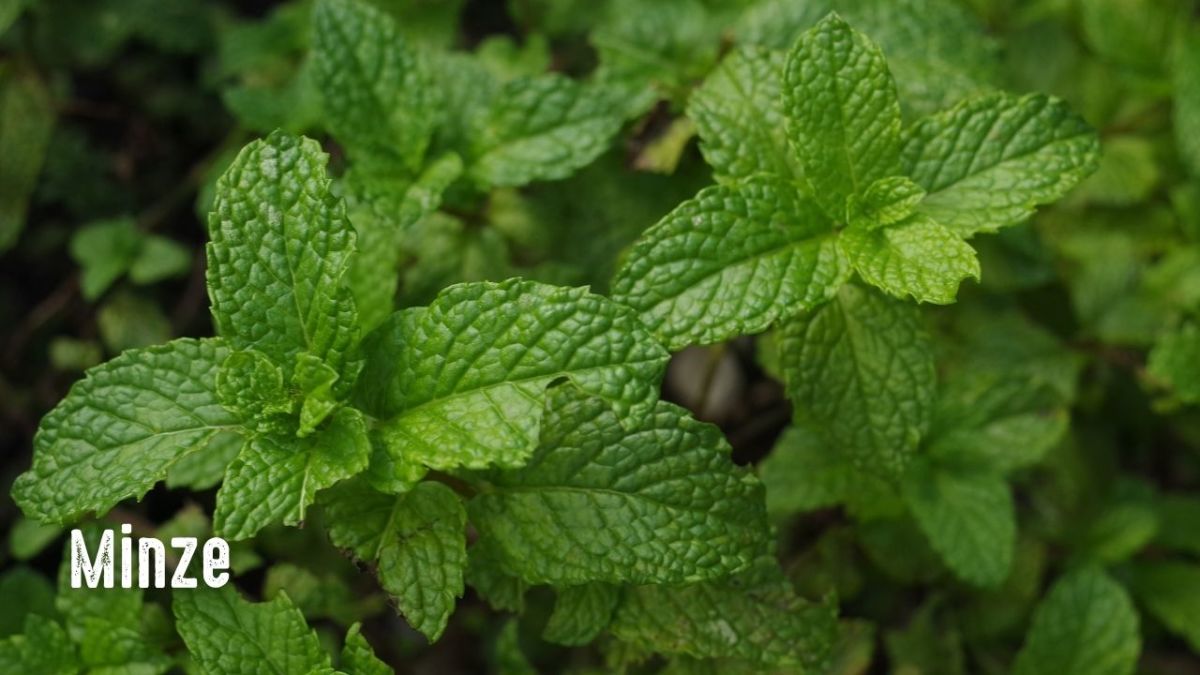
Mint has been used against headaches in feudal Japan, either crushed or applied as a salve to the temples or neck.
When it comes to pain and fever, there is an enormous selection of medicinal plants. Maybe it will help you decide if you also rely on appearance and your nose.
Lavender and thyme both bloom purple and offer you an aromatic experience.
In between, the yellow flowers of arnica are sure to make a good eye-catcher. Arnica also has anti-inflammatory properties.
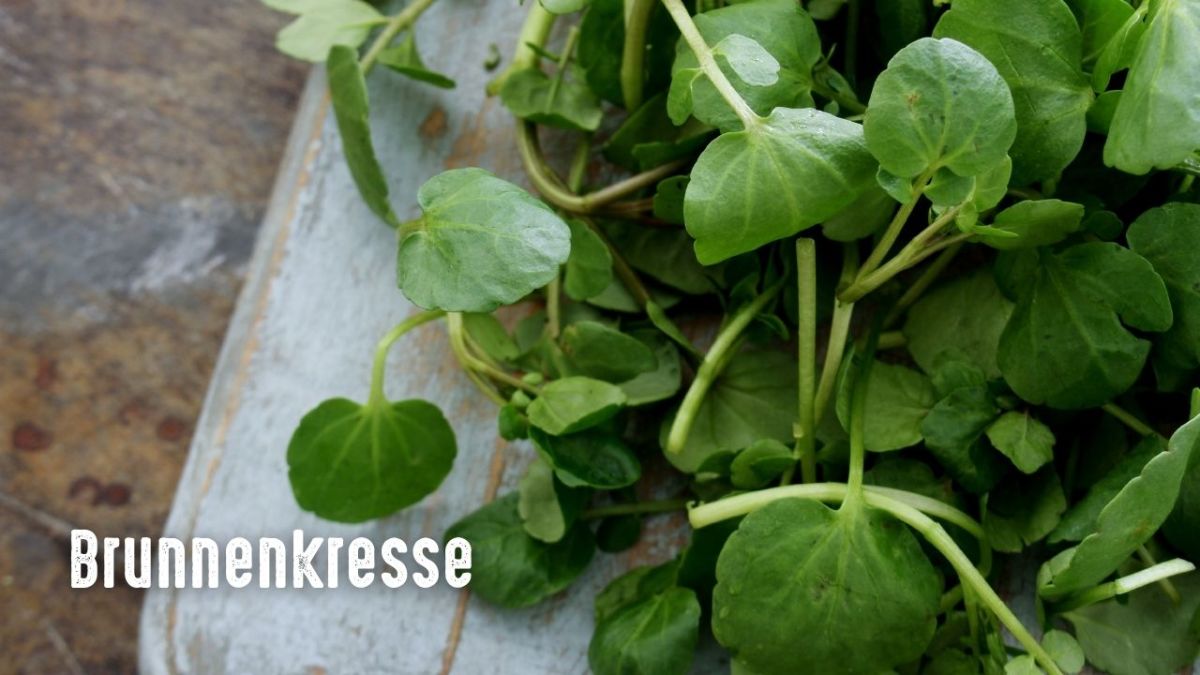
The watercress blooms brightly white and completes the picture. However, watercress needs wet feet. Therefore, when growing at home, care should be taken to keep it always moist. In nature, it occurs only where this condition is given.
Watercress is important for detoxifying organs. It supports the kidneys, liver, and gallbladder in doing their job. It promotes urination and helps to flush out toxins and pathogens.
The cress contains an incredible amount of vitamin C, thus supporting the immune system. The ancient Greeks swore by its numbing effect on toothaches.
Read also
Watercress: spicy and healthy wild herb and medicinal plant with a vitamin D kick - It used to be cultivated because it is so healthy: watercress. It is one of the best wild and medicinal herbs and provides you with many vitamins.
Tip: If you prefer large bushy flowers and a fine vanilla scent, you should definitely also include Meadow sweet in your backyard pharmacy. The plant thrives excellently in pots and also likes it moist. Since it can get relatively large, it is recommended to plant it individually in pots. It has a pain-relieving effect in tea and gives it a floral, aromatic taste.
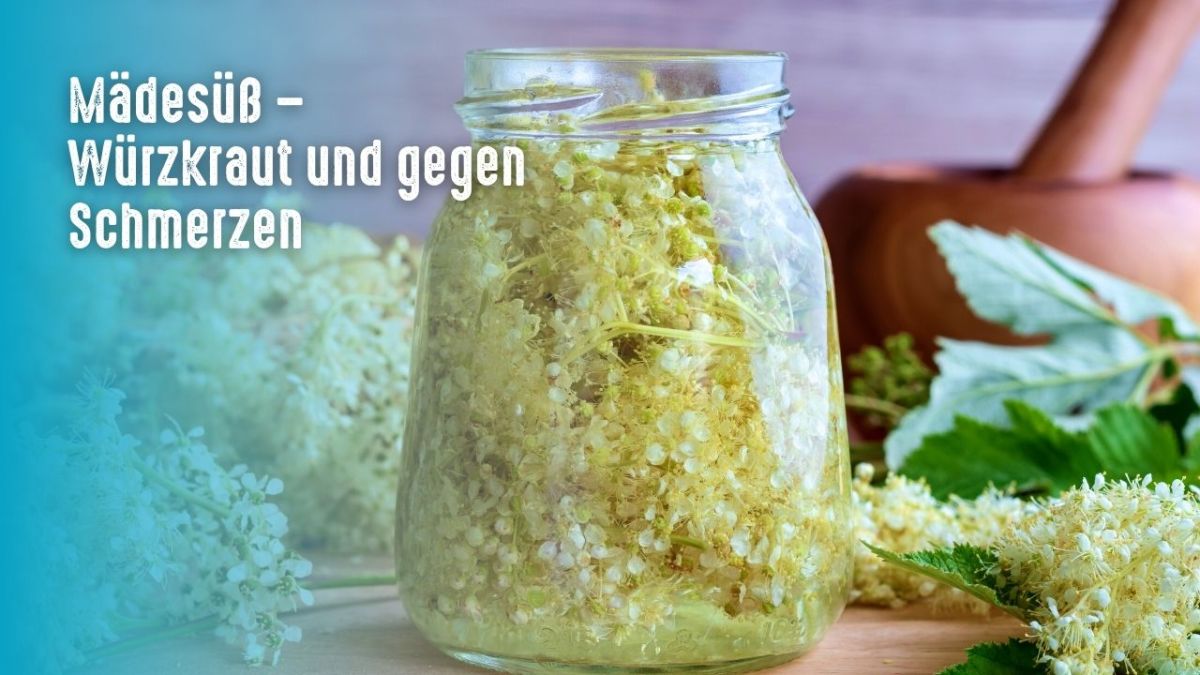
Dental Care
Another savior that you should certainly plant in your backyard pharmacy is sage. It is mainly attributed with antiviral, antifungal, and antibacterial effects.
In Greece, they spared themselves some dental problems 500 years ago by using Sage and Mint, since toothpaste had not yet been invented. Since both medicinal herbs have similar effects and a refreshing taste, the Greeks rubbed them on their teeth and gums. So, what's stopping you from doing the same?
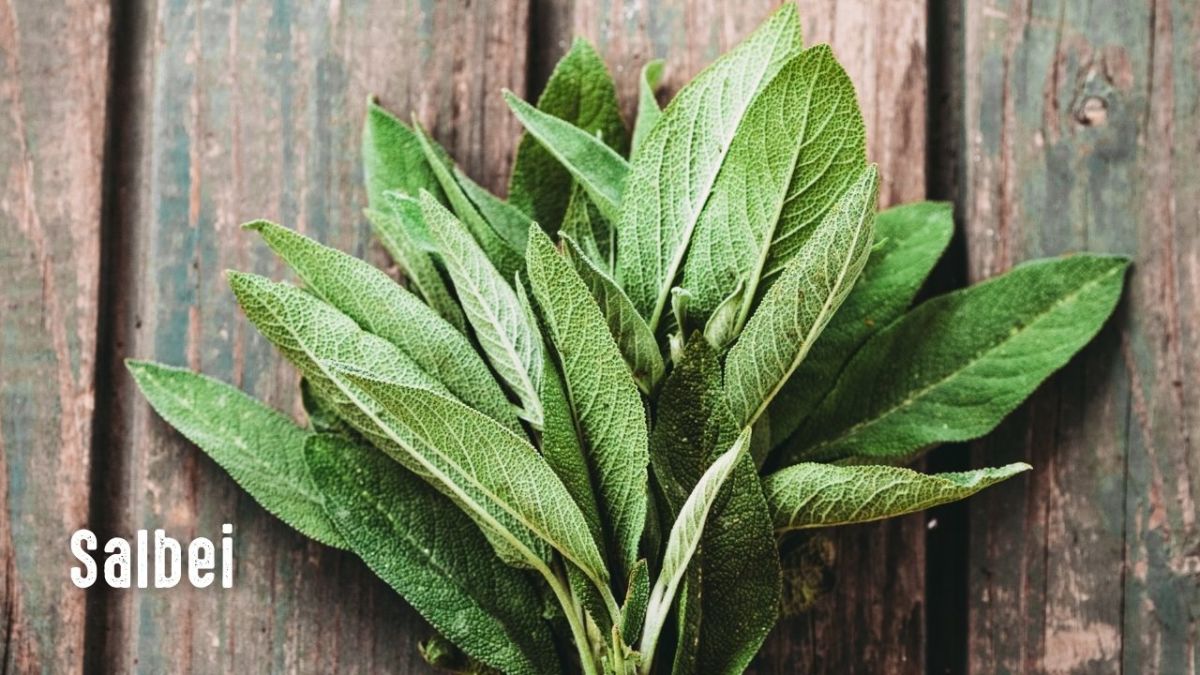
The rough surface of the leaves achieves a cleansing effect, and the stems are good for cleaning between the teeth. Afterward, just chew on a mint leaf and rinse with water.
Sage thus acts preventively against infections in the oral cavity, and bad breath is also history. For these reasons, both plants should not be missing from any home pharmacy.
To make a durable paste from sage leaves and mint that you can also use with a toothbrush, you will need two more ingredients.
To achieve this, crush the leaves in a mortar or grind them with a mixer.
Then put them into a bowl and mix them with a teaspoon of coconut oil and a teaspoon of baking soda. Filled into a small jar, you can now easily store it in the refrigerator for some time.
Fresh sage leaves have a numbing effect and can be chewed if necessary, even for toothache. At the same time, the bacteria responsible for the pain are mercilessly destroyed.
Cough, cold, hoarseness
Here we meet again, some already familiar herbs. Sage and thyme are joined by a few other medicinal plants that are just as effective.
Since I have already explained the effect of sage and thyme in the description above, we will deal with them again later in the summary.
The plantain is a very fascinating plant for our pharmacy.
Its anti-inflammatory and antiviral effects have now also arrived in modern medicine.
Many remedies for colds are based on a basis of plantain.
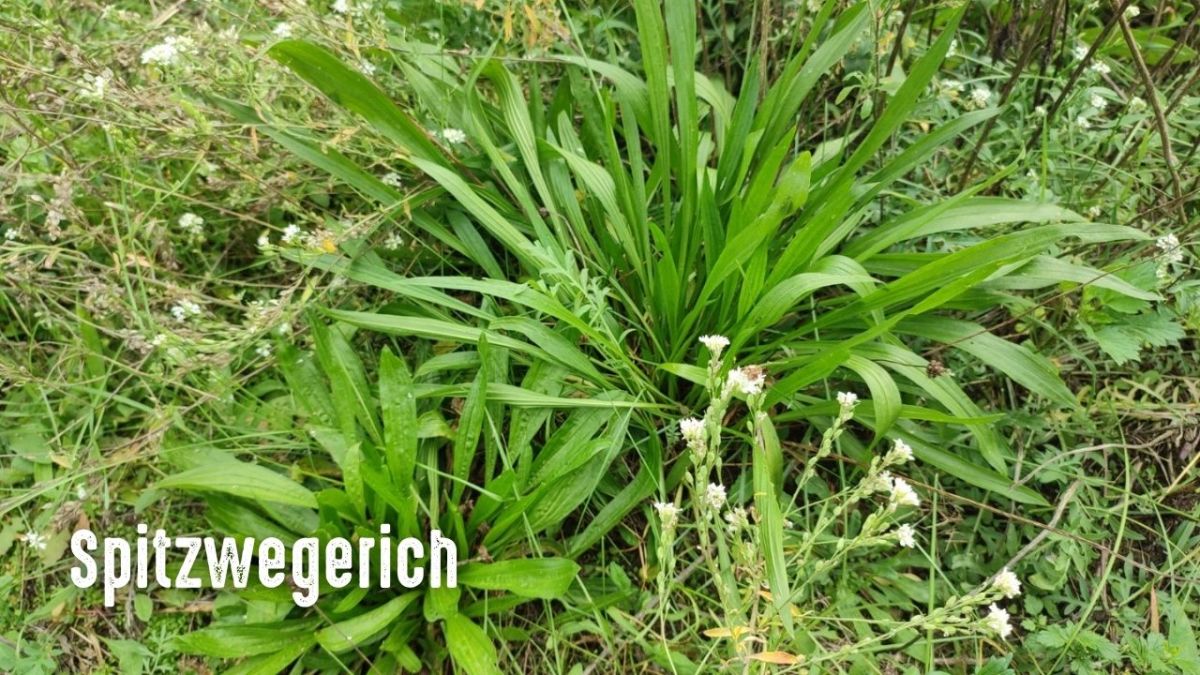
The plant is processed into cough syrup, tea, or lozenges. There are enough sales strategic dosage forms.
Often anti-inflammatory agents, such as fennel and honey, are also contained.
Anyone can easily prepare a tea from plantain. To achieve this, chop some leaves and pour hot water over them. Let it steep for 5–10 minutes and sweeten with some honey. Adding sage leaves and daisy heads makes the tea even more effective.
One of my absolute favorites when it comes to natural remedies for colds is horseradish.
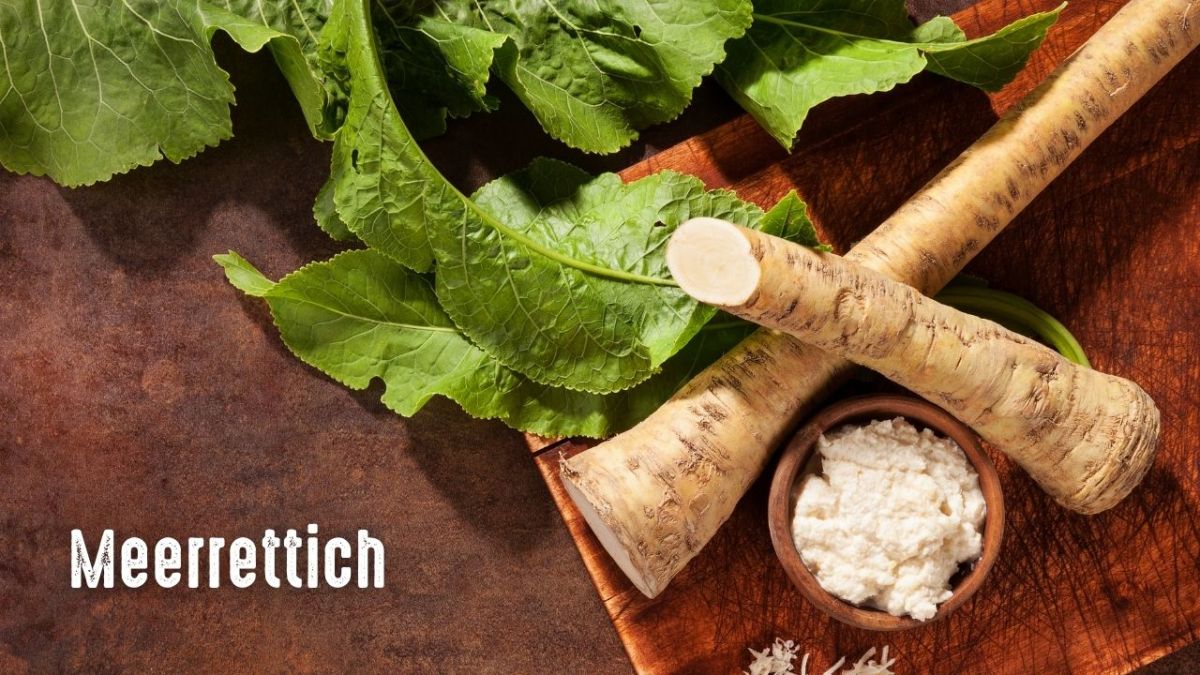
This ancient medicinal plant is a true all-rounder and is just as effective as ginger, if not more so.
Thanks to its strong essential oils and resulting pungency that can be felt even while cutting it, horseradish can help pull just about any type of cold from your body.
You can chop up the leaves and use them in quark or as a dip while helping your gut at the same time. The horseradish is also associated with gut-cleansing properties. In addition, it positively affects an inflamed bladder and supports the body from within when it comes to various bacterially-induced illnesses.
If you grate a horseradish root into a purée, your sinuses, and throat will be almost completely cleared out. Your eyes will water and your stuffed-up nose will begin to run, but afterward you'll be able to breathe freely again.
Earaches
You may have heard the saying "You've got parsley in your ears" before, but few people know where it comes from. Most people only know parsley as a kitchen herb.
You'll come to appreciate this green stuff you sprinkle on potatoes and put in soups when you have earaches and there's no doctor around.
That's why I'd like to remind you today of parsley's long-forgotten effect.
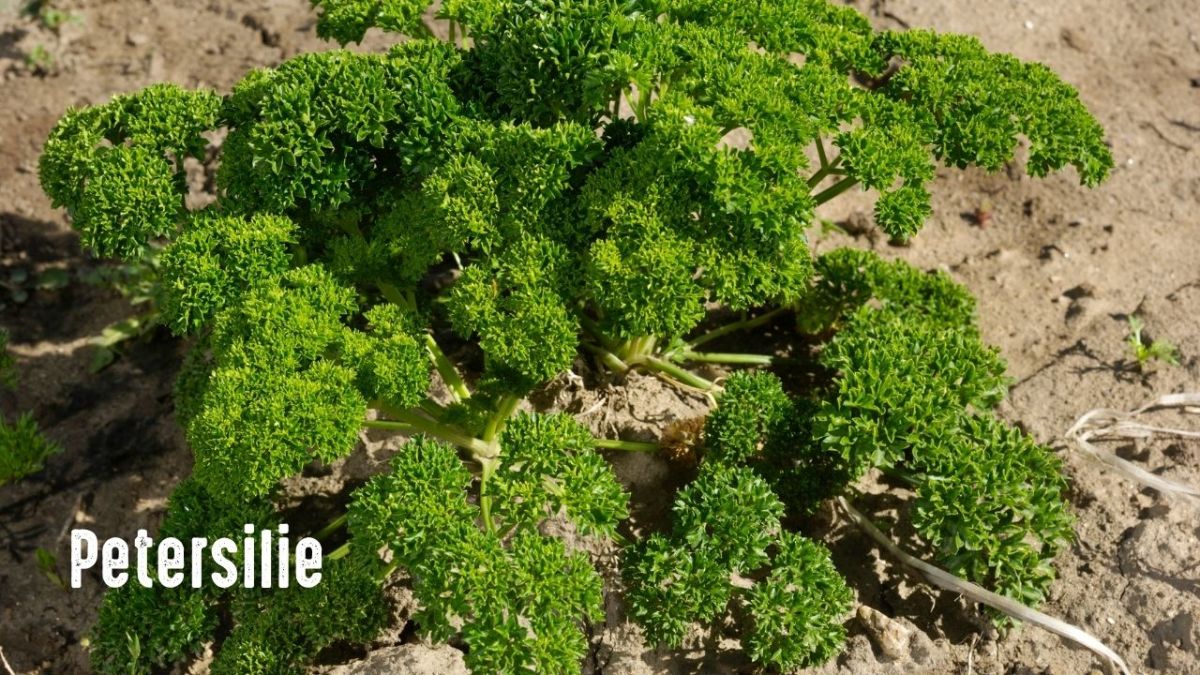
The plant has an inhibitory effect on microbes, among other things. So, if you have ear pain, take some parsley and roll it between your fingers into a ball. Then place this ball in your outer ear and let it work overnight. The next morning, your ear pain will be gone.
The essential oils in parsley provide this relief. By the way, geranium leaves have the same effect, which is why both plants were found in farmer's and monastery gardens very early on. Especially for children, the method with the herbal ball is much more pleasant than a medical and perhaps more painful treatment.
Therefore, I recommend that you add both medicinal plants to your assortment.
Tip: for severe pain, also cut up an onion and fill it in a clean cotton sock or cloth and place it on your ear overnight. Onions also have enough essential oils that act antibacterial. Furthermore, onions are one of the strongest natural antibiotics in our region and work wonders for coughs.
Onions are also a great vegetable plant, so read also: 16 fast-growing vegetable plants to grow in a crisis (emergency food from the garden)
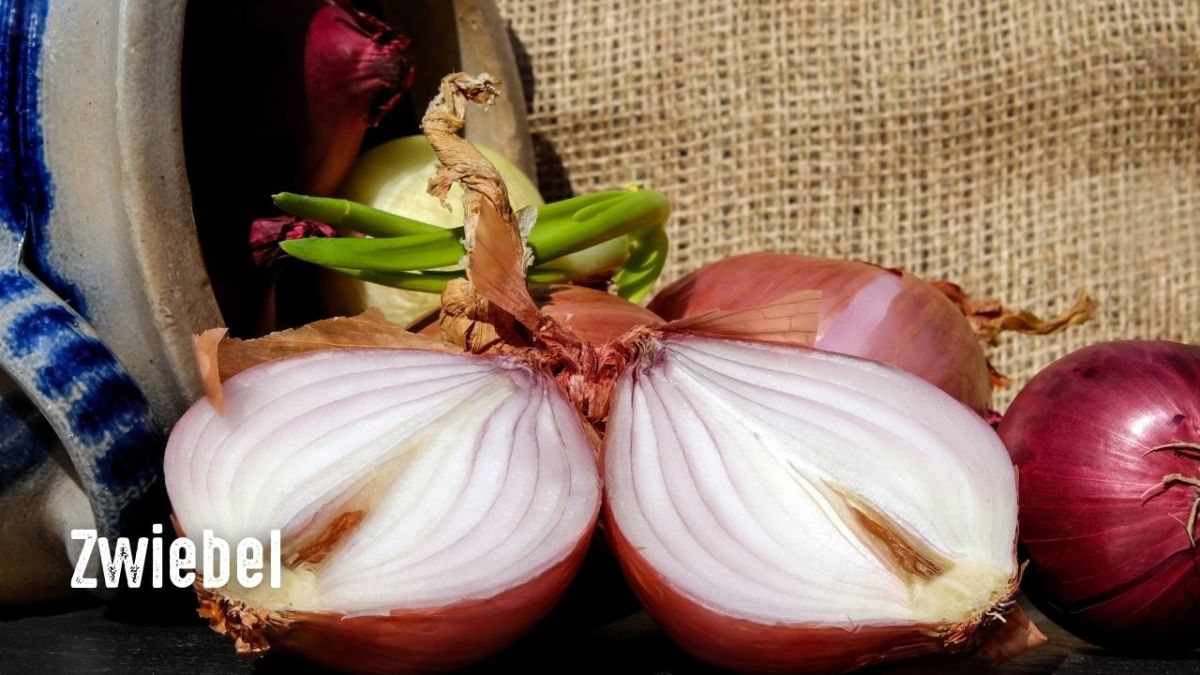
Digestion and Stomach
Many plants contain bitter substances. Unfortunately, they are hardly found in our kitchen.
Bitter substances have a cleansing effect on the stomach and stimulate digestion and thus intestinal activity.
Many of the plants that contain bitter substances grow right in front of us in the meadow. Unfortunately, it is always necessary to assume that dogs find these herbs quite interesting as well. It is definitely worth planting them yourself to always have them clean and ready to use.
Yarrow, savory, mugwort, and dandelion are just a few of the plants that have been known since ancient times for their healing and beneficial effects. In the case of mugwort, even science is sure that it was already used as a medicinal plant during the time of the first half-socialized humans.
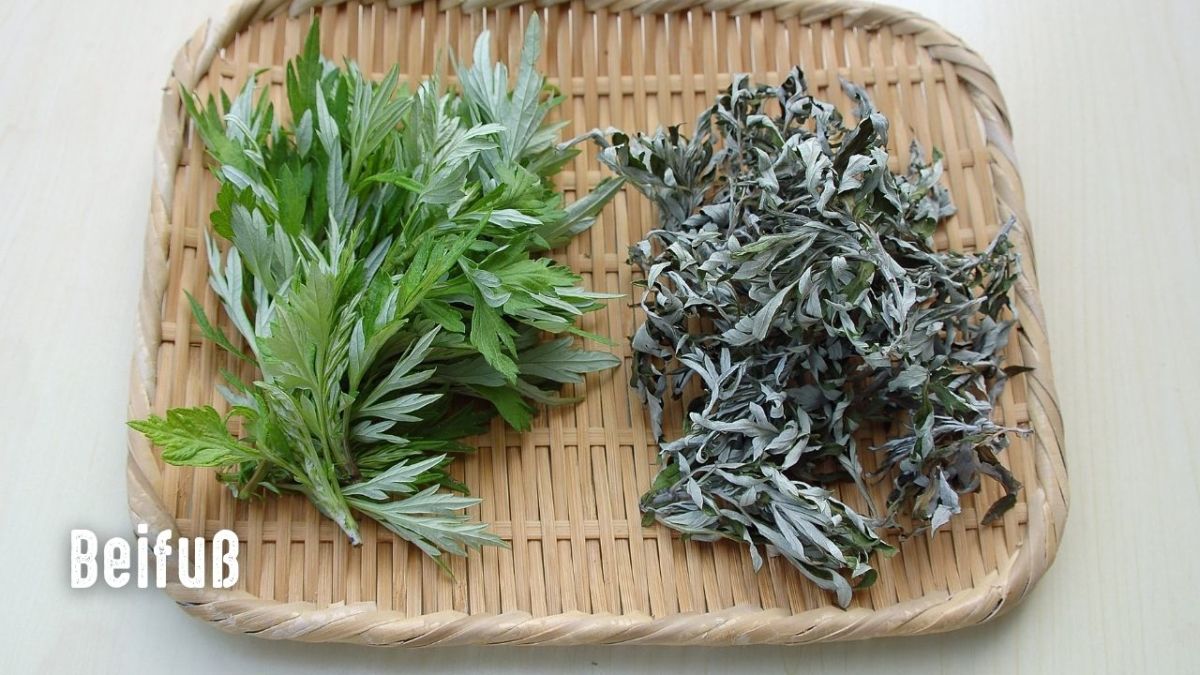
The oldest find that has been confirmed in the assumed context of healing is about 17,000 years old. Today, mugwort is only known as a seasoning for goose and game dishes. However, its abilities include much larger areas of application. It stimulates the appetite, promotes digestion, and regulates stomach acid.
It is precisely this effect that makes it so valuable. Here you will find my recipe for mugwort oil.
Our diet is acidic due to fast food and too much sugar. Even though this sounds paradoxical for sugar, it is converted into acid in the body and this is very harmful to our health.
Bitter substances help to restore a healthy balance. Instead of relying on sugar as a flavoring, we are generally better off if we also get our taste buds used to bitter flavors again. Bitter substances trigger salivation, which in turn protects the esophagus and stomach.
Yarrow is not only useful for digestion, but also great for menstrual problems and works as a natural relaxant like mugwort.
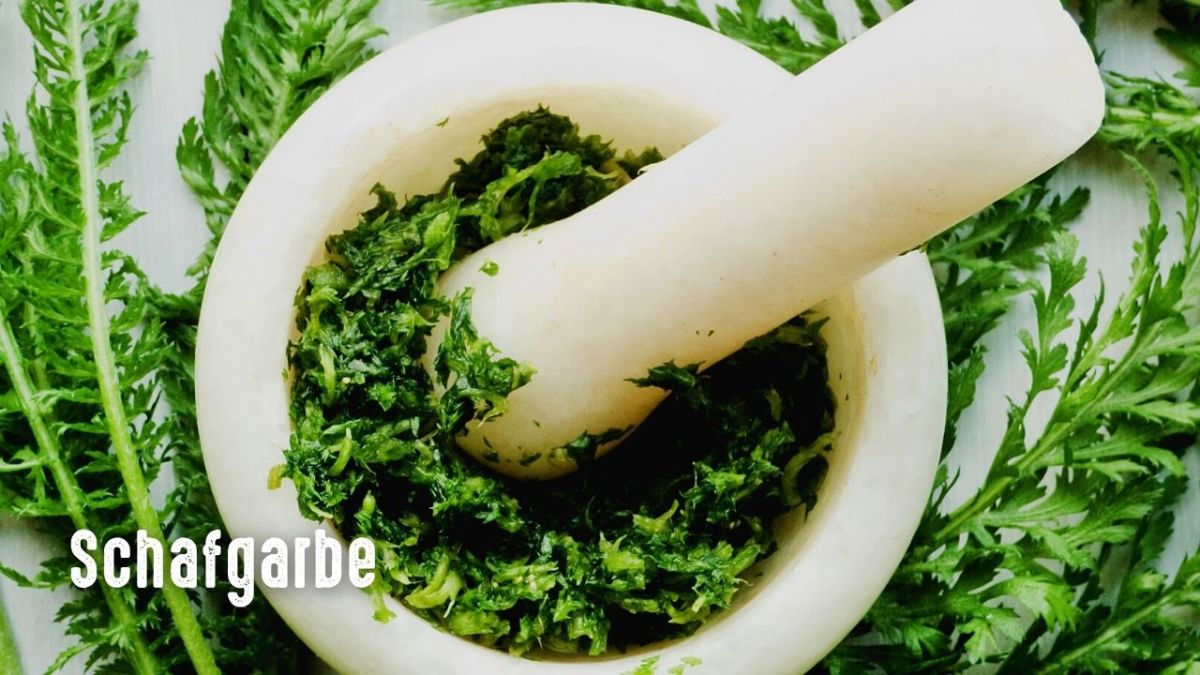
Savory and lemon balm have a soothing effect on painful bloating. Lemon balm also has a positive effect on the heart and blood vessels, cleanses the blood, and promotes relaxation.
For Strong Nerves
Those who remain unaffected by the current madness happening in the world must have truly thick skin. Anxiety, panic attacks, and restlessness are conditions that negatively affect more and more people.
Fortunately, there are some herbs that can help against these conditions.
The lemon balm, as mentioned above, can be used as a tea.
St. John's Wort is also worth a try. It can be brewed as a tea and helps with incipient depression, nervousness, and mood swings.
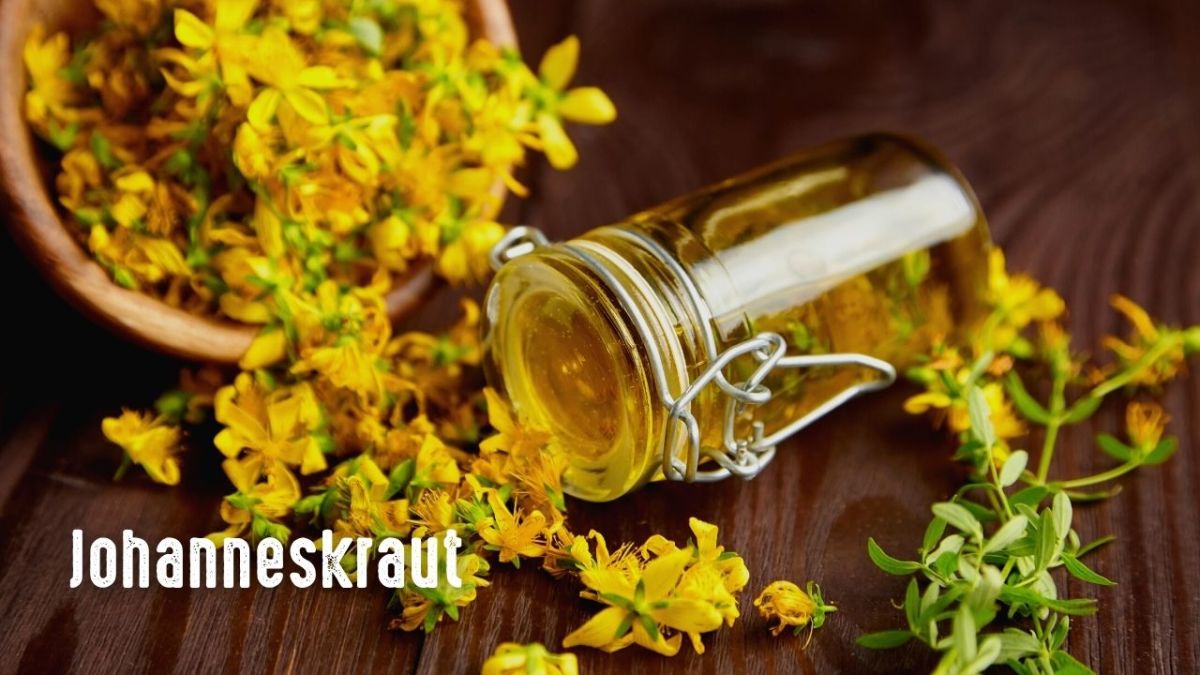
Wormwood is a plant that, as the name suggests, also has a calming effect on an over strained nervous system. Hops and valerian have a sedative effect and promote inner balance and calmness.
I use valerian myself because sometimes I wake up at night and can't sleep for hours. From my experience, I can say that valerian makes you feel drowsy and deeply relaxed. Add a radio play or our podcast with a pleasant storytelling voice, and you will sleep like a baby all night long. The taste is not for everyone, but that's what honey is for.
Many commercial relaxation teas consist of a mixture of lemon balm, hops, and valerian. Essentially, you can find the composition for your tea on any tea package, as long as these three components are included, it will work.
Joint pain
If you spend a lot of time in the woods or ride a bike a lot, you are probably familiar with the problem of sore joints.
Comfrey has proven to be effective for such complaints. You can purée comfrey into a paste and apply it directly to the painful area. Another option is to create an oil or a decoction.
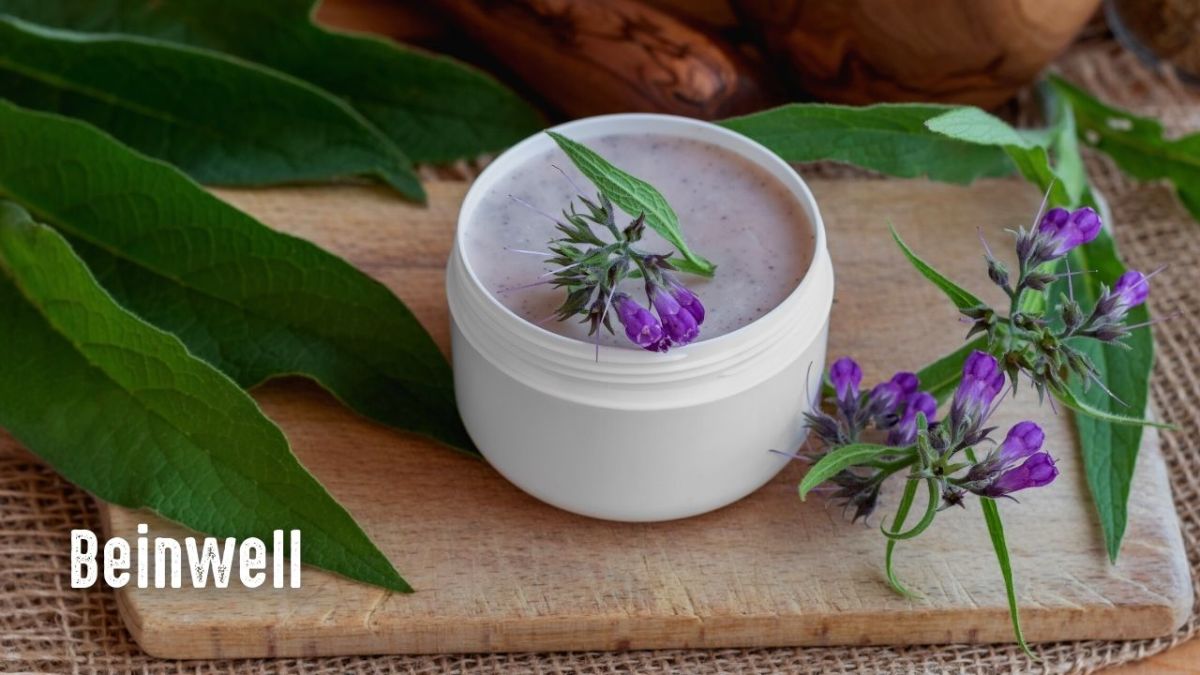
A decoction also makes your strained feet feel like new again after a long day of hiking. For a foot bath with comfrey, simply add two handfuls to a bowl and pour hot water over it. Let it cool to a comfortable bathing temperature and treat your feet to some relaxation.
Growing comfrey for your pharmacy is also not a big deal. It just needs a little space and soil. However, it is recommended to limit the plant with a root barrier or plant it in a pot. Once it feels comfortable, it spreads rapidly.
Strengthen the immune system
Especially in a time when everyone is talking about infectious diseases, we should focus on a plant that could not be more valuable for our immune system.
Borage or cucumber herb, although related to comfrey, has an entirely different effect. Two ingredients of enormous importance are contained in this plant.
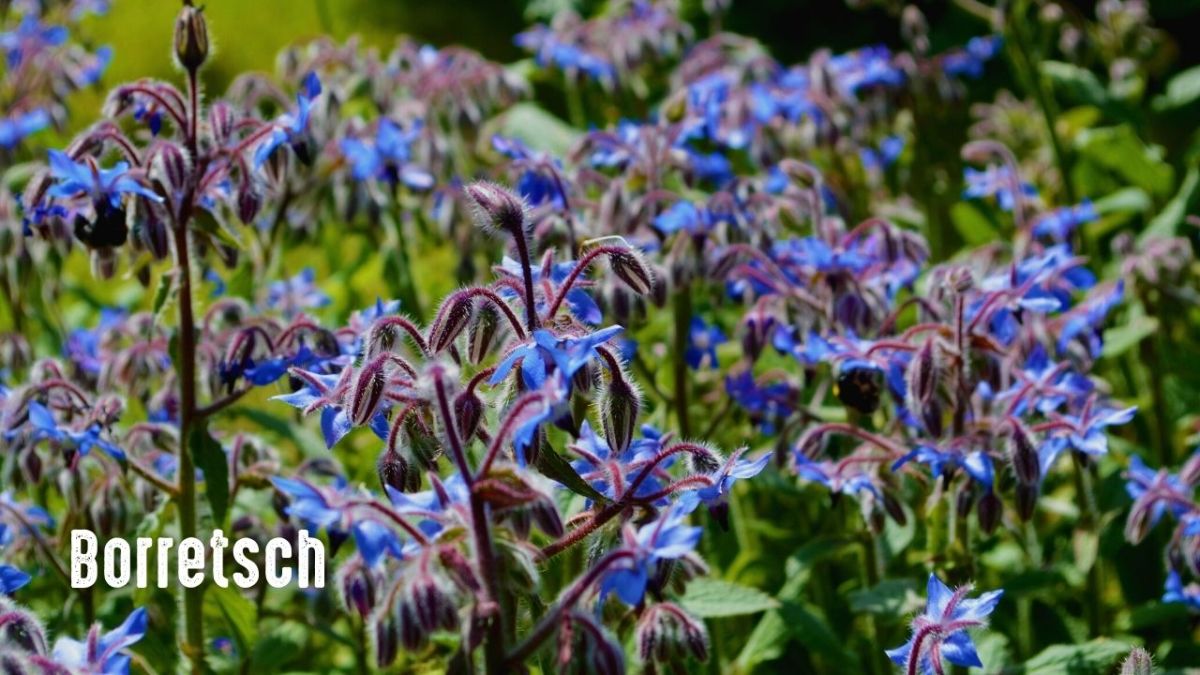
Firstly, it has an anti-inflammatory and calming effect on the skin, making it particularly important for skin conditions such as psoriasis and eczema. It also relieves burns and sunburn. Therefore, an ointment made from borage should be in every household pharmacy.
Its second essential property is to boost the growth of T-cells (T lymphocytes). These are significant for the immune system and reduce the production of antibodies, which in turn can cause inflammation.
Borage owes both of these effects to linoleic acid and gamma linoleic acid. Both are unsaturated omega-6 fatty acids.
Since borage is also commonly used for pickling cucumbers, it is advisable to grow a small supply yourself. The plant only needs a bucket and sun. It is not very demanding and rewards in the summer with flowers in varying shades of violet and pink.
However, I advise against planting it freely in the soil, as like its relative comfrey, borage is very invasive.
Summary
That was a lot of text, wasn't it? It's difficult to keep it all in mind.
To give you a better summary, I will list the plants along with the respective diseases for you again.
| Herbs help with | Herbs |
|---|---|
| Skin and hair | Marigold, Rosemary, Nettle, and Daisy |
| Pain and fever | Thyme, Mint, Basil, Lavender, Arnica, Watercress, and Meadowsweet |
| Dental care | Sage and Mint |
| Cough, cold, hoarseness | Sage, Thyme, Rib wort Plantain, Daisy, and Horseradish |
| Earache | Geranium, Parsley, and Onion |
| Digestive and stomach issues | Yarrow, Savory, Mugwort, and Dandelion |
| Strong nerves | Lemon balm, Valerian, Hops, Wormwood, and St. John's Wort |
| Joint and muscle pain | Comfrey, Mugwort |
| Immune system | Borage |
Conclusion: All of these plants are extremely valuable
However, with limited space, good advice can be expensive. Since some plants on the list can become relatively large, you could place them separately in containers while housing the smaller ones in a scaffold with planting pots on the wall.
But don't be discouraged, even on a small balcony, you can plant a lot. Here you will find a YouTube channel from me on the topic.
However, it is completely up to you how you want to design your backyard pharmacy.
I hope I could show you some plants whose effects you did not know or that you had not yet considered as medicinal plants.
I very much hope that in the future, more people will become aware of the power that nature has given us for healing. After all, we have always been a part of it.
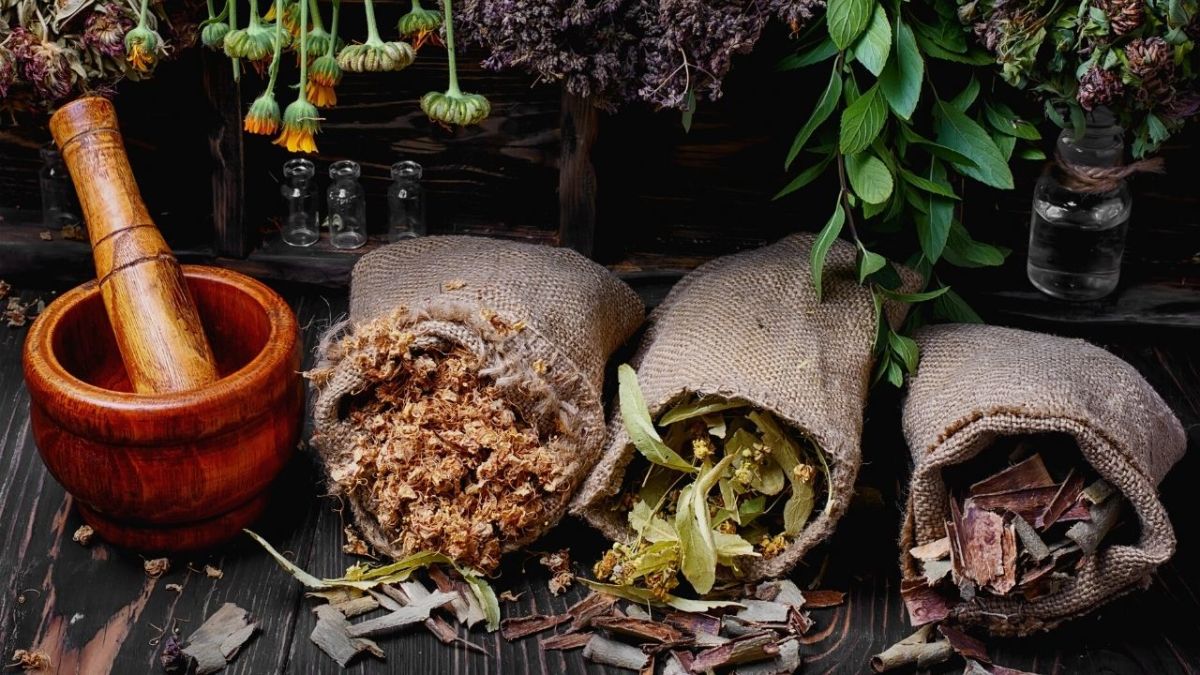
Furthermore, it is concerning how the pharmaceutical industry interferes with our health. Of course, some medical intervention is necessary, but I doubt the necessity on a mass scale.
I know many people who, after taking medication, suddenly received new medication for its side effects. In the end, that cannot and should not be the path we as humans want to take.
If we were to remember what we are and show a little gratitude and humility towards life, we could probably eliminate many modern diseases naturally. How much of all this chemical stuff do we really need?
People like Wolf-Dieter Storl and Clemens G. Arvay have understood what Hildegard von Bingen already knew.
We are nature and react accordingly to what our actual home has always held ready for us. We don't need to do anything other than learn how to use it again.
In this sense: take care of yourself.


Author of the guide
Martin Gebhardt
Hey, I'm Martin. On my blog, you will learn the basics and numerous details about living in the wild. I think survival, bushcraft and the good life in nature are the keys to happiness. Find me here on Instagram or on YouTube. You can find more about my mission on the About Me page.
Was this guide helpful?
41 people found this guide helpful.
5.00 out of 5 points (41 Ratings)
Comments (0)
This post may contain affiliate links. So if you click on the links and make a purchase, I will receive a small commission at no additional cost to you. Click here, to learn more about it.


